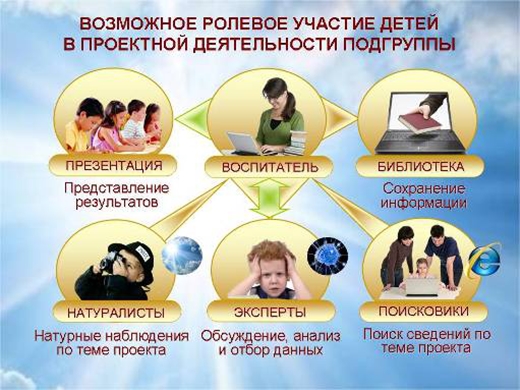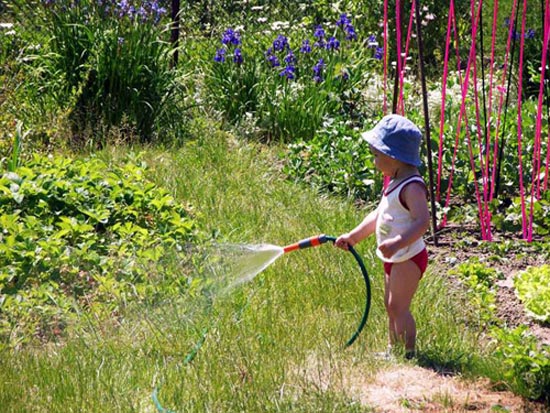Computer - the tool of knowing the children of the surrounding world

At once we will make a reservation that we do not intend to enter into long pedagogical discussions about the methodology of "correct"Education of the child's relationship with the environment in which he was born and lives. In the Russian conditions, it can be a safely preserved taiga village, and a large metropolis.
The question is much deeper. To what extent is a small resident of our country informed about the natural manifestations that he was lucky to observe, ecologically educated, ready to receive new knowledge about the world where he lived?
More recently, his knowledge of the environmenttheir nature, children drew from direct communication with her. It was enough to go outside the gate of the dacha to collect the ripe strawberries, pick a bouquet of first chamomiles for the mother or see a hedgehog running through the grass.
But life is denser, and the boundaries of the unknownSpace, free for child development are melting along with it. If parents are unable to provide the child with a natural environment to satisfy his natural curiosity, they are forced to resort to surrogates. And here the information network stream has no equal.
How to organize the child's creative work on the computer
Computer technology allows not onlyreceive and store the resources provided by your processor data, but also create your own, unique and in this case unforgettable. Any digitized information, whether it's photos, video clips or bad news from your child's life in nature, becomes an archival document.
If your family's travels and observations arenon-random nature, but aimed at achieving certain educational goals, for example, such as: what trees grow in our forest; when autumn begins; how many birds are left to spend the winter in our city, etc., then you and your child have already started an exciting implementation of the project method on your home computer.
Details of the organization and role of all participantsThis, undoubtedly, promising and recognized throughout the world children's research process, using the recommendations of the author of many publications on this topic O. Markina, we will discuss separately. Here we just mentally applaud those parents who have found such a correct application for an iron machine with electronic brains.

Curiosity of the child to the natural environment, inwhich he lives, is beyond doubt. But for most of his questions: why do house flowers grow on the windowsill, where flies fly, why do leaves from trees fall off, he does not have time to get an intelligible answer. Parents often just do not have time to figure out the next hobbies of their child, and the kindergarten teachers of such inquisitive people are 25 people.
A paradoxical situation is created: there are people who are obviously interested in the child's progressive movement along the path of cognition (parents, teachers), there is an undeniable demand for new knowledge from the children's audience, there is a necessary tool that delivers immense amounts of information on any subject.
Moreover, all participants in this educational(mobile communication, network, e-mail, etc.), can remarkably record all stages of familiarizing the child with the natural environment (digital photos and video cameras), but they do not try to unite their efforts.
Group method of ecological education of children
Children attending one group of kindergartens, theirparents and educator is a ready-made research expedition, and the computer is an indispensable tool for searching, storing and transmitting information gathered by all participants. What will be the topic of information search is not so important, the main thing is for every child to realize his importance in this process, imbued with the idea of knowing the unknown.
Obviously, not all children of the same ageare equally well able to communicate with a computer and draw the necessary information out of it, not all parents are ready to actively contribute to this process, and not every educator is ready to organize information interaction at the modern level.
But if you correctly define the role of eachparticipant, put real and achievable goals before the children and parents, jointly process the information received, the result of such a child project will exceed all your expectations. Any knowledge gained by one's own labor is hundred times more valuable than those who are forcibly pounded into the child's head. Therefore, it makes sense to try.
All knowledge, which in a collective, jointpeers work, your children will acquire, will become a powerful movable and immovable property in his future life. More details with the methodology of implementing the project method in pre-school educational institutions using information and communication technologies you can find on our website.
Author: Katerina Sergeenko













